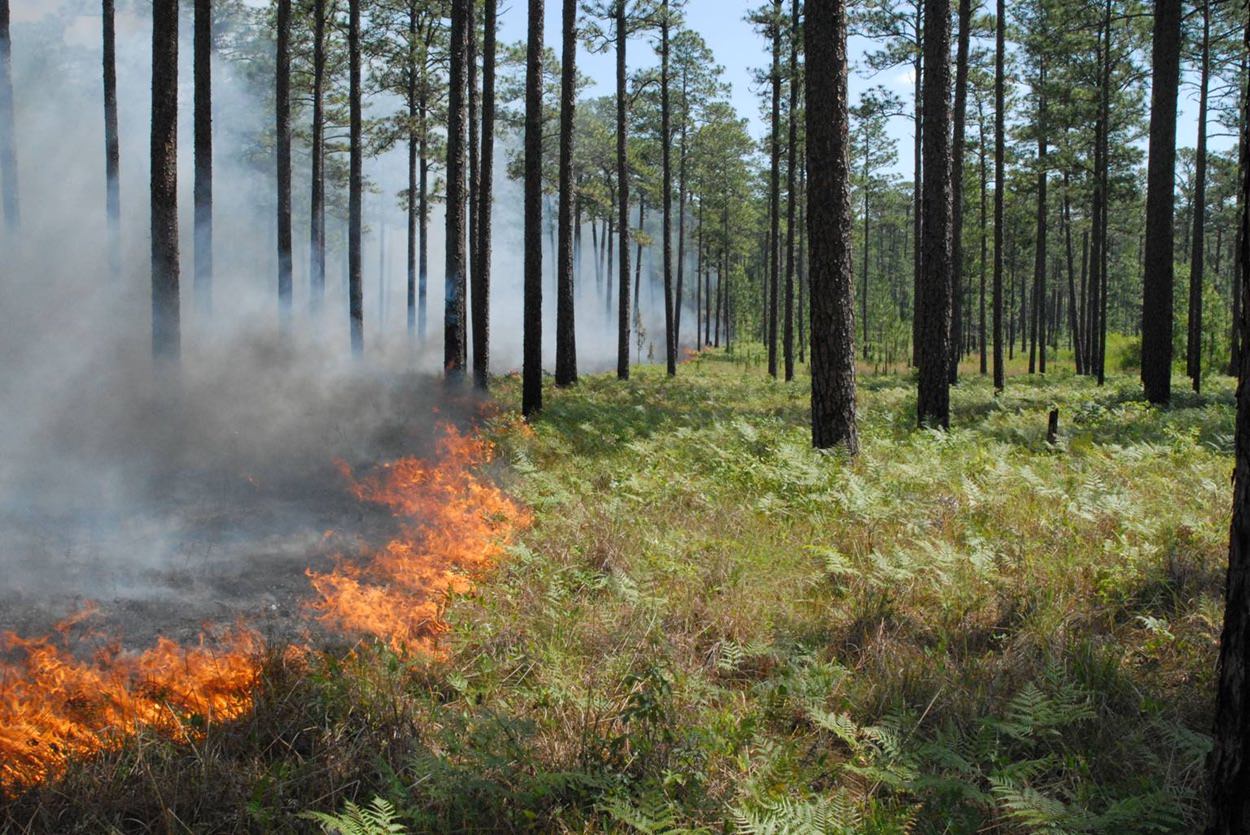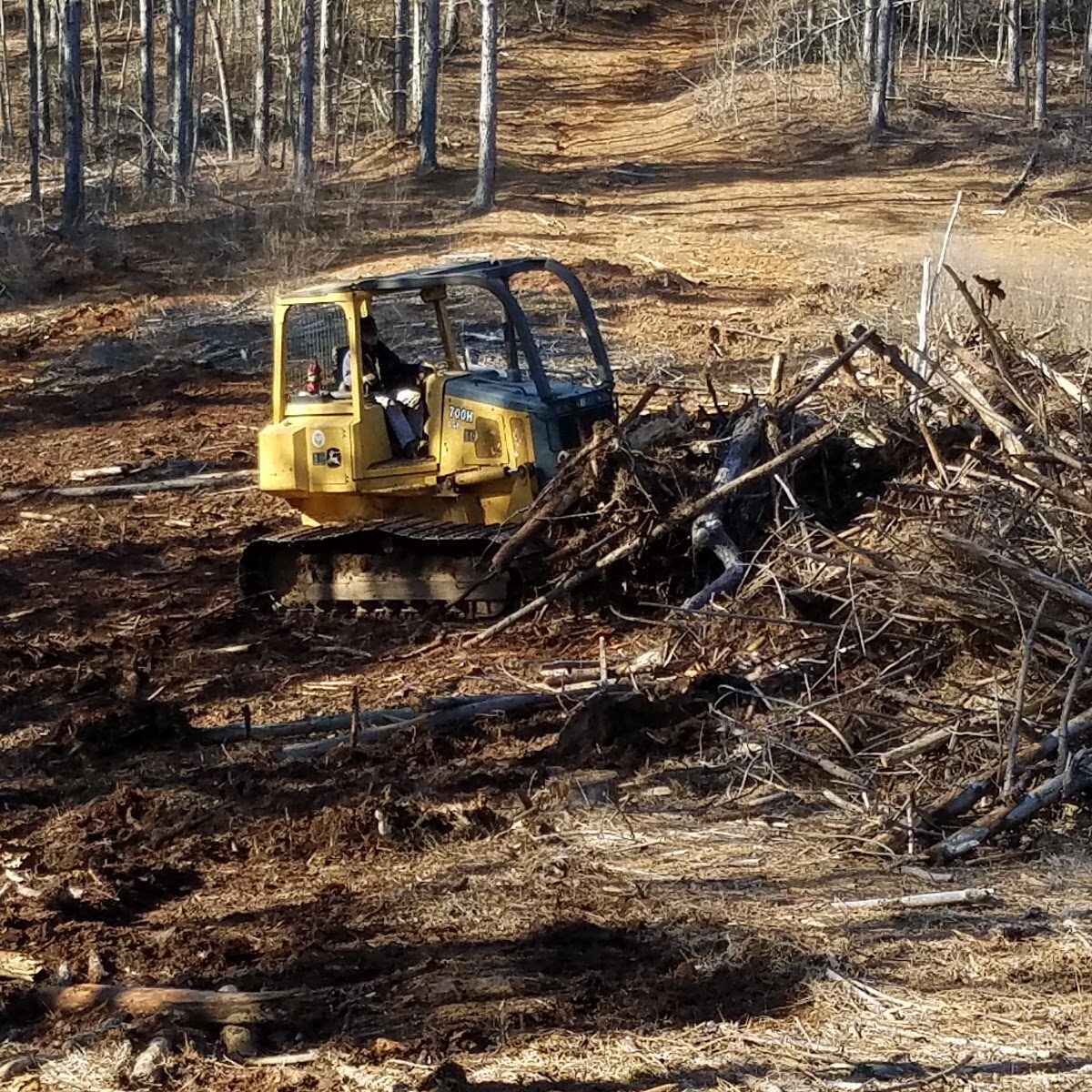White-Tailed Deer
Odocoileus virginianus
Status: Secure
White-Tailed Deer's fur color changes with the seasons. In the summer, their fur is a tan or brown color while in the winter their fur has a grayish brown color. They have a white patch on their throat, white around their eyes, nose, stomach and underneath their tail. The average weight of ranges from 90 to 300 pounds.


Habitat & Range
White-tailed deer are found in southern Canada and most of the United States except for three states. They usually live in different habitats from swamps, forests, farmland, to brushy areas.
Food Web & Energy Flow
White-tailed deer have a diverse diet that can change depending on season and habitat. They mostly eat twigs, nuts and green plants making them herbivores.
Relationship to Fire
Dense vegetation is important for white-tailed deer to hide from predators. When the deer have fawns (young deer) they often leave the fawns behind in the tall grasses when they are foraging. When frequent fires are not happening, plants are not able to grow as much causing sparse areas. The fires add nutrients back to the soil which promotes growth of many plants.

Conservation Status
Although the overall conservation status for White-tailed deer is Secure, they are still experiencing minor threats. Human impact such as poaching and land development has caused the deer population to decline.

Human Impacts/ Threats

Land Use Conversion
Longleaf forests and the habitat it supports is being cleared or converted to use the land for other uses like houses, roads, agriculture, and even to grow different types of trees to sell.

Fire Suppression
Many people think of fires in the forest as bad, so they work hard to prevent or suppress them. But longleaf forests NEED regular fire to support habitat for the species that live there!
Resources
Animal Diversity Web. White-Tailed Deer
New Hampshire PBS. Nature Works
City of Dublin. Deer
